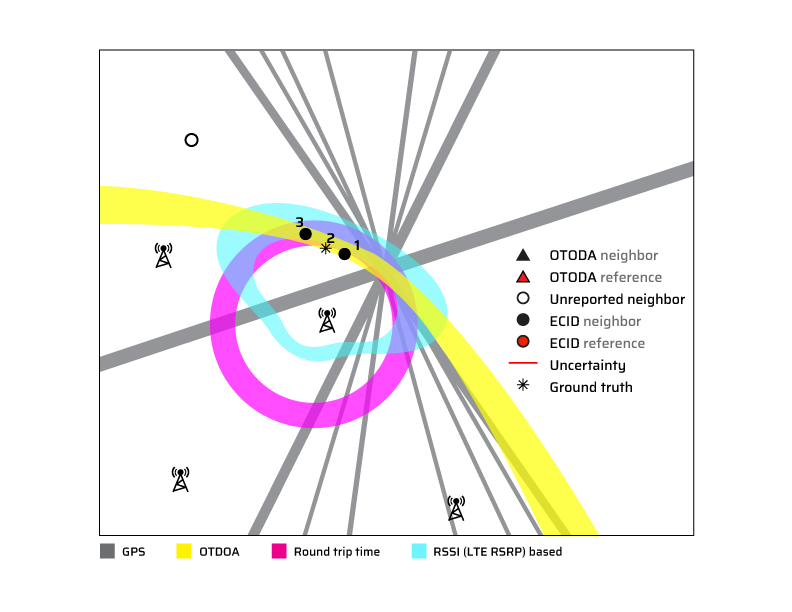I have seen the industry for location technology evolve tremendously over the past fifteen years. Throughout this time, as I have worked with our world-class team to build the business and serve our customers, I often take notice of real-life situations where I thought to myself, “if only Polaris Wireless location technology had been in place,” to help improve the situation for industries ranging from public safety organizations to hospitality, healthcare, and other industries. I will be writing about many of these situations here at BLOG NAME, and referencing the core technology that powers our entire business, helping industries work better and improving people’s lives – the Polaris Wireless Hybrid Location Engine (HLE) –the backbone of our 3D location technology.
The Polaris Wireless HLE is a robust hybrid location system that combines measurements from multiple sources, such as Global Navigation Satellite System (GNSS), Observed Time Difference of Arrival (OTDOA), Enhanced Cell ID (ECID), Wi-Fi, Bluetooth, and Barometric pressure to produce a 3-axis location estimate. HLE is different from more common fallback mechanisms, whereby if the first location attempt fails (e.g. using GPS) a second location is attempted using a different approach (e.g. Wi-Fi). Rather, HLE combines all available measurements into a single framework and simultaneously leverages multiple location techniques in advanced statistical signal processing to combine them in a way that minimizes unreliable measurements in favor of measurements that are more reliable.
HLE offers several advantages:
- HLE allows for use of partial measurements in a way that other systems do not. For example, using the GPS positioning method on its own would require a minimum of three satellite measurements to solve for an X,Y location. However, it is quite common in indoor locations and dense urban environments to only obtain just one or two GPS reference measurements, if any at all, from the device, providing an incomplete and unusable result when using GPS by itself. The HLE is able to leverage limited numbers of measurements in a meaningful way and combine it with other information to provide an accurate location estimate.
- The HLE framework provides a great deal of extensibility. Should new measurements become available, it is straightforward to incorporate them into the HLE and improve the overall performance, as the HLE doesn’t need a complete re-write, rather some straightforward extensions can be added to quickly support its inclusion. This is significant. As the industry prepares to launch 5G, there will be a corresponding need for even further improved location systems. HLE is well positioned to leverage existing measurements and any new measurements that become available through the 5G standardization process.
- It is also worth highlighting the support within the HLE for the Z-axis. The Z-axis has become important as devices are increasingly used indoors, presenting challenges in urban areas where there is a significant vertical component to the morphology. The two most significant pieces of information the device can provide to facilitate the estimation of the Z-axis is the barometric pressure reading and Wi-Fi access point information. The barometric pressure is the weight of the air-column overhead and hence the higher one is, the lower the air-pressure. Barometric sensors in devices, ambient weather conditions, and building stack effect (difference between inside and outside pressures) create sources of errors that are all successfully addressed in the HLE.
In addition to these three advantages, the Polaris Wireless HLE provides a foundation on which we are enabling many of our partners to develop and launch purpose-built solutions for a variety of industries and use cases. I will be sharing these exciting developments in upcoming postings, but for more information on the Polaris Wireless HLE, request our recently published whitepaper “Moving Location Indoors and Up the Stairs: How 3D Location Technology is Changing the Way We Do Business and Live our Lives”.



